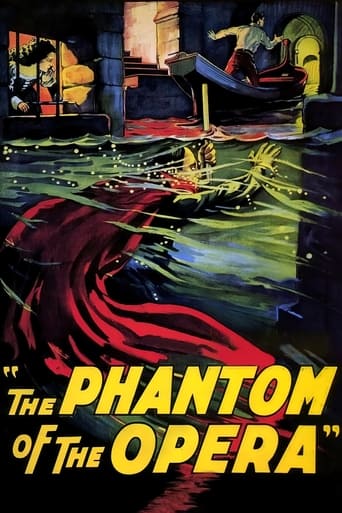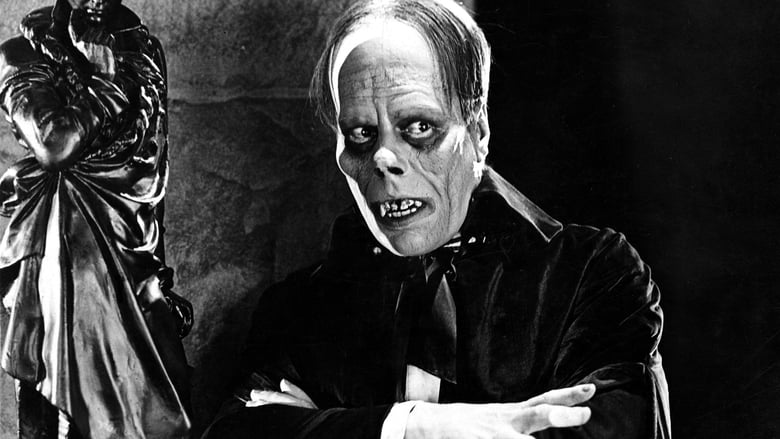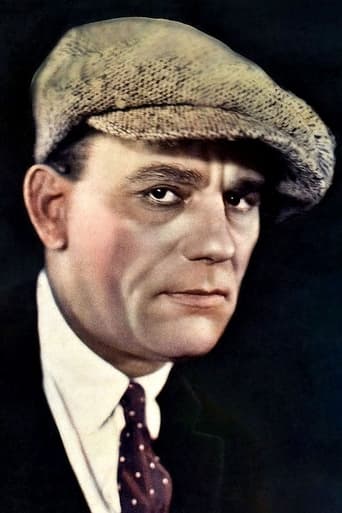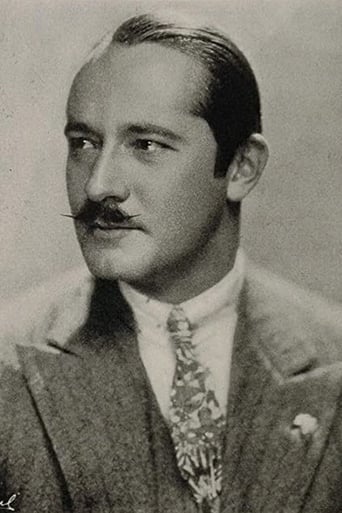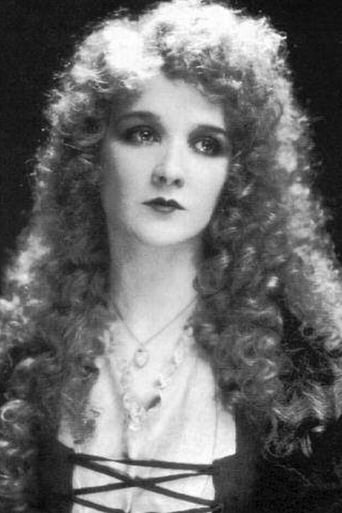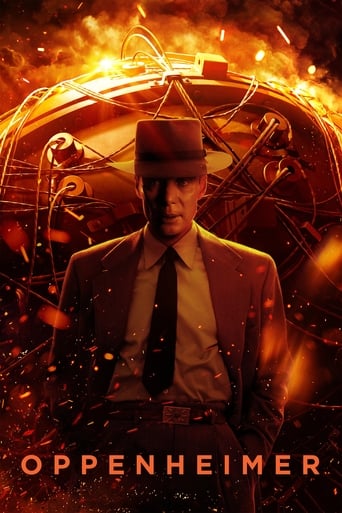The Phantom of the Opera (1925)
The deformed Phantom who haunts the Paris Opera House causes murder and mayhem in an attempt to make the woman he loves a star.
Watch Trailer
Free Trial Channels
Cast


Similar titles
Reviews
Very very predictable, including the post credit scene !!!
Disturbing yet enthralling
It's a movie as timely as it is provocative and amazingly, for much of its running time, it is weirdly funny.
The storyline feels a little thin and moth-eaten in parts but this sequel is plenty of fun.
This movie is almost a century old and there's little I can add to what has already been said. 'The Phantom of the Opera' is Lon Chaney at his finest and the scene where he is unmasked is rightfully one of the most famous in movie history. The silent-movie histrionics are dated but the sets, especially the Phantom's dungeon lair are memorable - Gothic and surreal and a great counterpoint to the boisterous Paris opera house above. One advantage to being a silent actor: Chaney didn't have to talk and so could wear the creepiest dental prosthetics (see "London after Midnight" (1927) for another great example of this unparalleled make-up genius). Fantastic film from an other age.
at the end of silent movie era came a true classic and main triumph belongs to Lon Chaney who plays a mad phantom who'd been madly love on an actress of Paris opera house. Phantom haunts in the opera and masters Christine who he wants to be the main prima donna. mystery things happens and Christine gets her chance on stage. Christine's master and the phantom are same character which Christine finds out too late when phantom already been captured her assuming her to be his and only his property. Christines fiancée finds the way to phantoms cave and finally saves her. mad mob catches phantom and kills him. Lon Chaney makes a remarkable role as a mad and lonely phantom who is possessed by Christine wanting her love. rest of the cast in mainly statistics. sadly hero, Norman Kelly, is charmless and I had problems to take his role seriously. the opera gives a fine Gothic atmosphere to the film.
The silent version of Phantom of the Opera is by far the best adaptation of Gaston Leroux's novel. The story is now more famous than ever because of the musical, which has been running on Broadway and in London for nearly thirty years and has played all over the world.The George Eastman House had a hand in working on this film to get it into condition to show. It has a great score by Carl Davis as well.It stars Lon Chaney, Mary Philbin, and Norman Kerry. They are not the types you would see cast today, with the exception of Mary Philbin. The use of color here is most interesting. The masked ball survives in color. On initial prints, the Handschiegl color process was used, which is a stencil color process you might see on an old color postcard. This gives the movie its most striking effect -- on the roof of the opera house, with the Phantom in his Red Death costume standing against the statue of Apollo. Fantastic.Lon Chaney, who never divulged how he made himself up, is a magnificent and scary Phantom. The Phantom is clearly crazy and murderous. Though still crazy, he was a little more sympathetic in the Claude Rains version. Since the film version of the musical was released, the character of the Phantom as portrayed in the musical itself has changed. A friend of mine played the role for years; when he went back to the show and auditioned, he was told he "wasn't the right type" for Phantom. So suddenly the Phantom is a "type" - a matinée idol! And now it's sexed up with Christine, if the 25th anniversary performance was any indication.At the 25th anniversary, past Phantoms came out on stage. Each one was handsomer and younger than the preceding Phantom, until the last man, who looked like he should have been playing Raoul. In fact, I can't imagine who played Raoul when he played the Phantom - Ian Somerhalder? So I'm afraid Mr. Chaney wouldn't even be considered today. He wasn't hunky enough.Truly amazing film, and I love that a real opera - Faust - was used in the film. Last night I saw "Two Sisters from Boston" that took piano and violin concertos and turned them into arias. I like the real thing.
The Phantom Of The Opera has long been a staple in the classic horror movie circles, and for good reason. The film is not short on any spectacle, the plot and pacing keep the viewer riveted to the screen for the entire duration, and as always Lon Chaney is on top form in his horrific role as The titular Phantom. The real interest to be derived from this film in the modern day and age where spectacle is certainly not lacking, however, comes from the many conundrums that it produces within the savvy film-goer.The film is by no means a masterpiece of art; it fits very squarely in the Hollywood tradition of narrative structure and shooting style built around the desire for easily digestible entertainment and profit. A ghostly phantom haunts the forgotten passages and torture chambers beneath the Paris opera house and abducts a beautiful young singer (Mary Philbin) to force his love upon her, leaving her to be saved by her one true love (Norman Kerry). You would be hard pressed to find a story which asks less mental activity from the viewer.But, while this holds true, the direction of the piece contains a mode of art which is not readily apparent with a surface viewing. Yes, Chaney's camp flailing adorned, as he is in mask and cape, is thrilling and more than a little humorous, but his eerily understated presence in the colour tinted masked-ball scene shows a much deeper understanding of the form. Likewise do the unexplained plot leaps and shocking make-up close-ups point to a schlock sensibility while at the same time the expressionist shadows creeping along the claustrophobic corridors of the Phantom's lair make a viewer think of the works of Murnau or Lang.The Phantom Of the Opera presents itself as the most intelligent of nonsense films or, contrariwise, as the stupidest of artistic visions simultaneously, and this, I believe, is one of the reasons that this movie remains so interesting today. I mean, plenty of silent horror films were made during this period (many of them, like Phantom, made by Universal Studios), but for some reason this is the one that has gone down through history and ingrained itself into the popular consciousness. The question mus be asked, "why is this? Why do I know this movie so well instead of others?" and it is the artistic flair mixed in with the highest camp of the horror genre that provides the answer.One instinctively rolls their metaphorical eyes at the ludicrousness of the japes and capers taking place before them, but their eyes cannot help but be drawn into the immense beauty and skill that has gone into each and every shot. It is aesthetically thrilling and intriguing as it is daft and hammy, and this is what makes the films as a whole so incredibly interesting.I suppose this may be a mere symptom of becoming too deeply entrenched in film studies and that my mind is just being drawn towards unnecessary dissection, but I would argue against this. Either way I would highly recommend seeing The Phantom Of The Opera in order to make up your own mind about its value artistic or otherwise.

